Preface to the Reader
This essay is split into two distinct, yet complementary, parts. Part one is a visual essay exploring assimilation through attire, particularly in colonial India. Part two is a text based essay exploring societies’ faculty to re-evaluate its precarious relationship with nature. Both essays are bonded by a shared title and an overarching theme of “otherness”.
Treason Part I
Exploring assimilation through attire in colonial India.
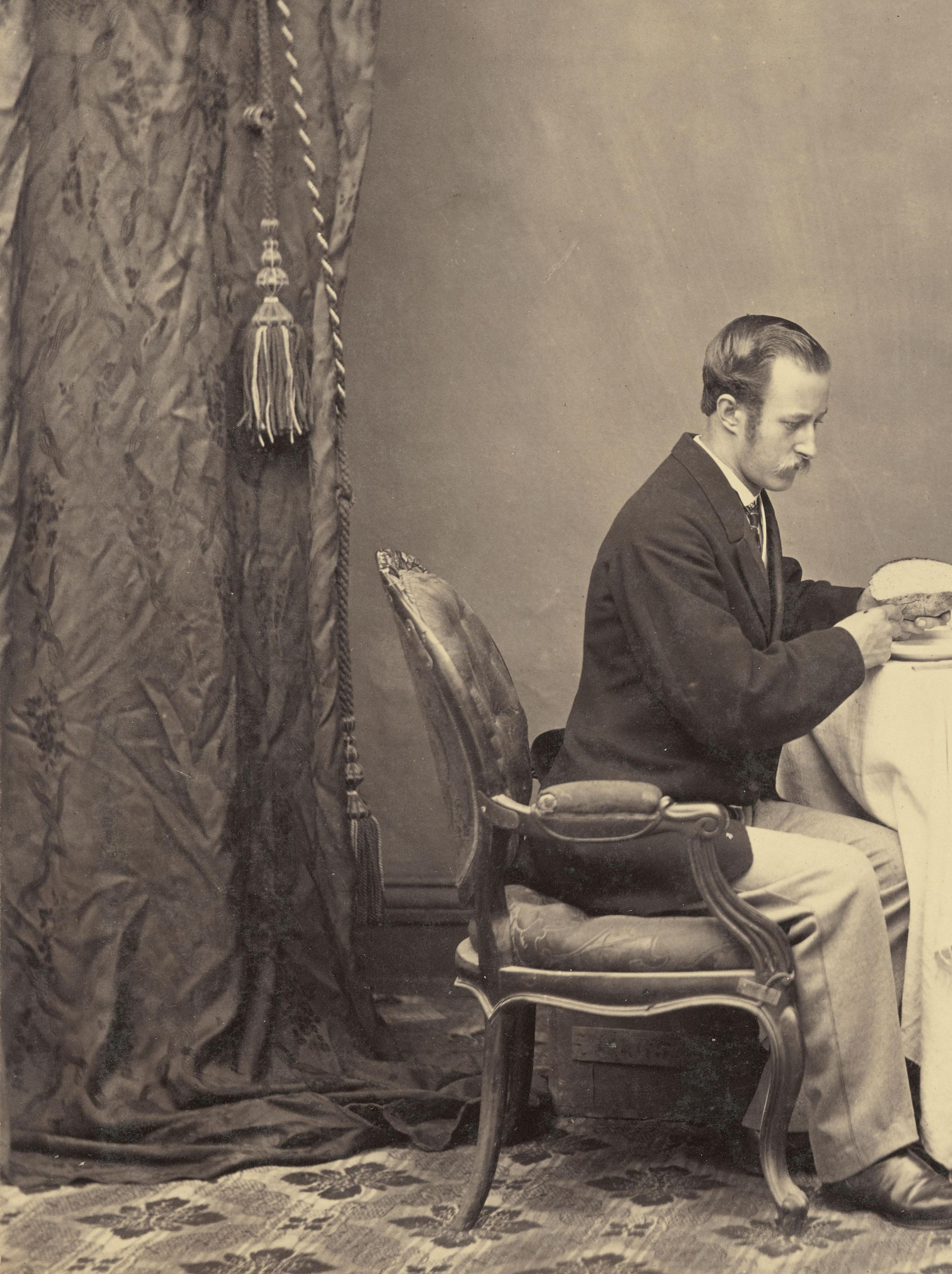
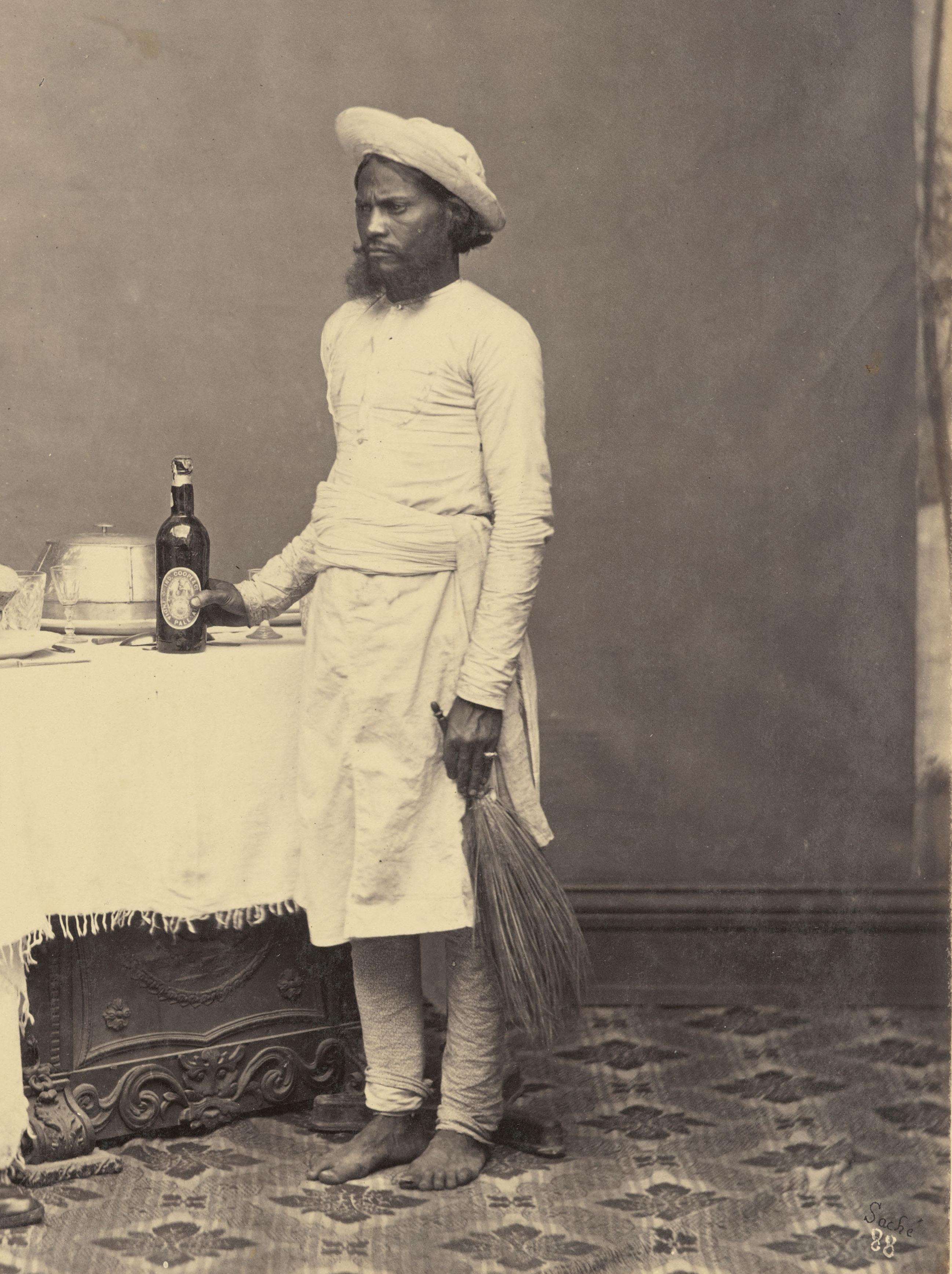
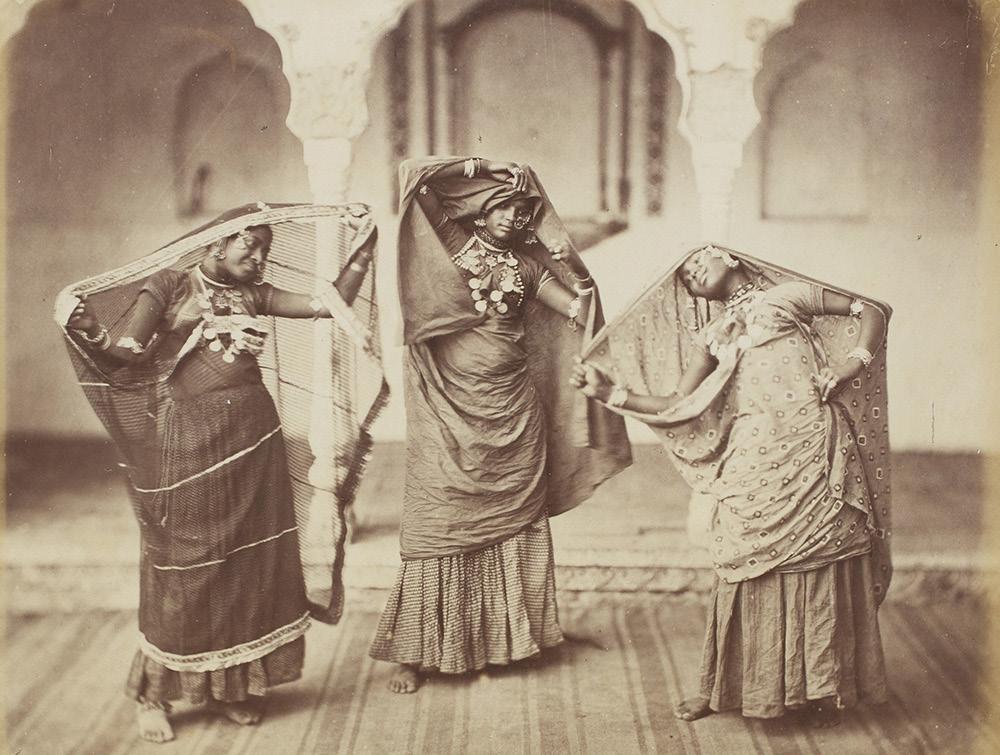


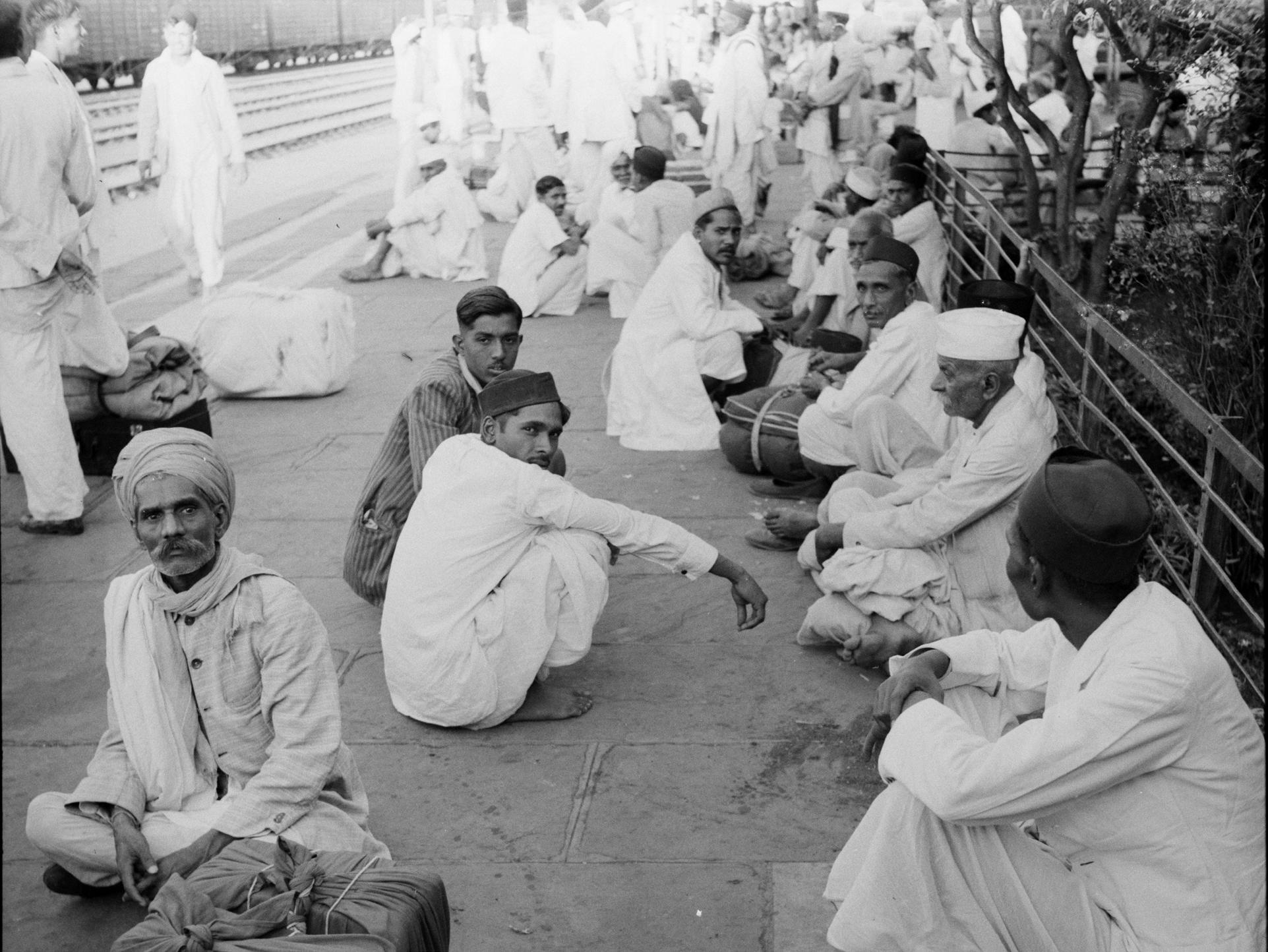

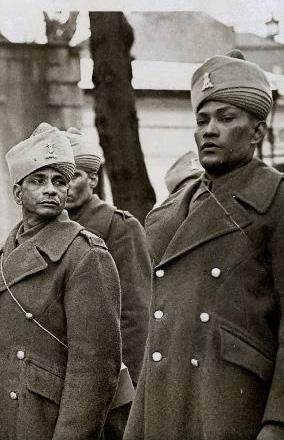
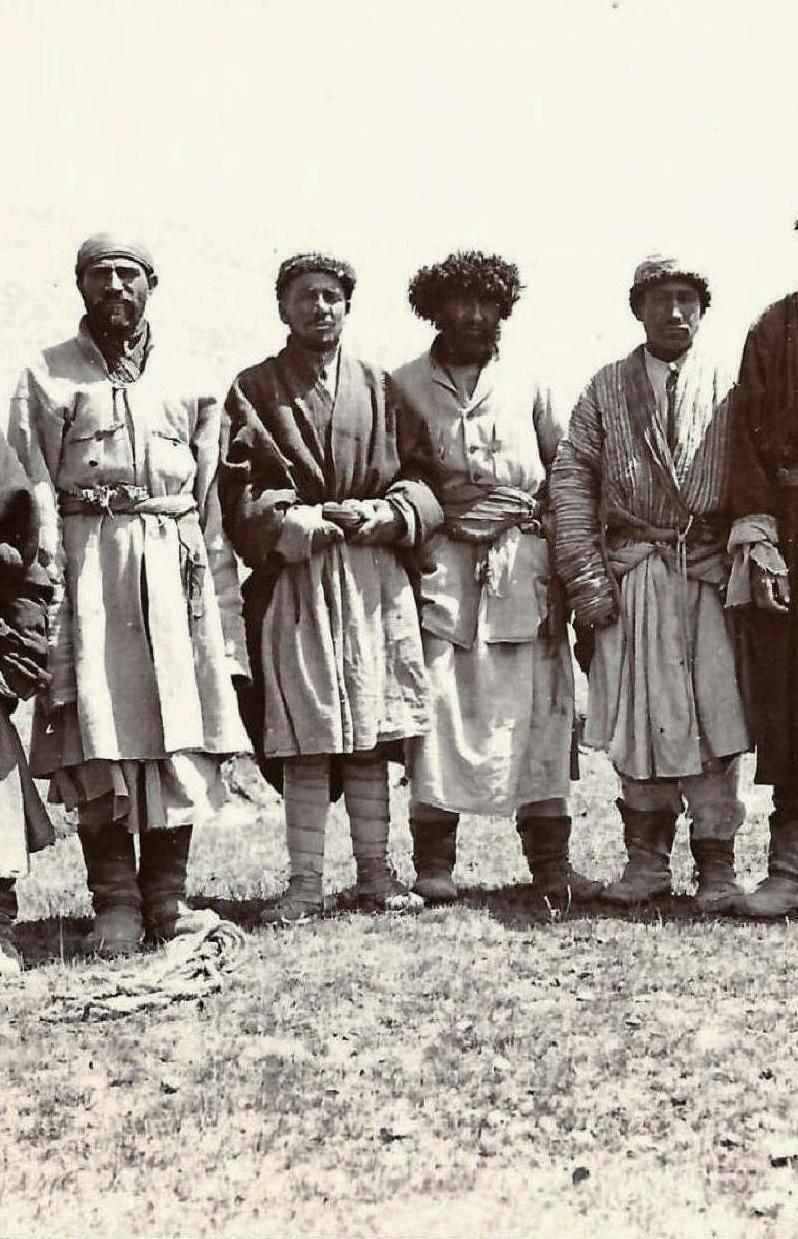
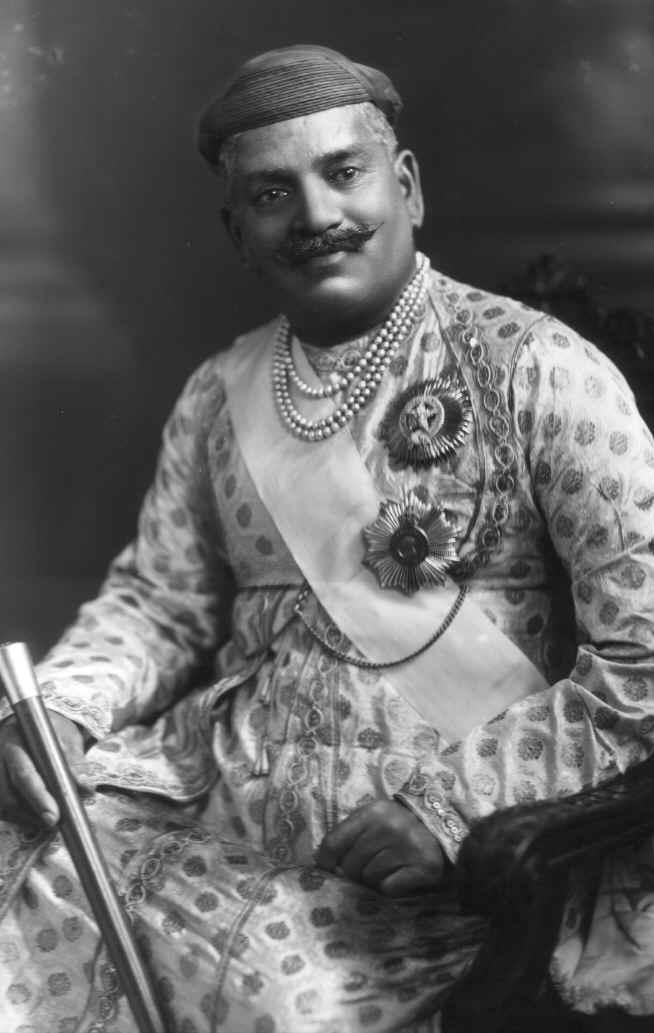

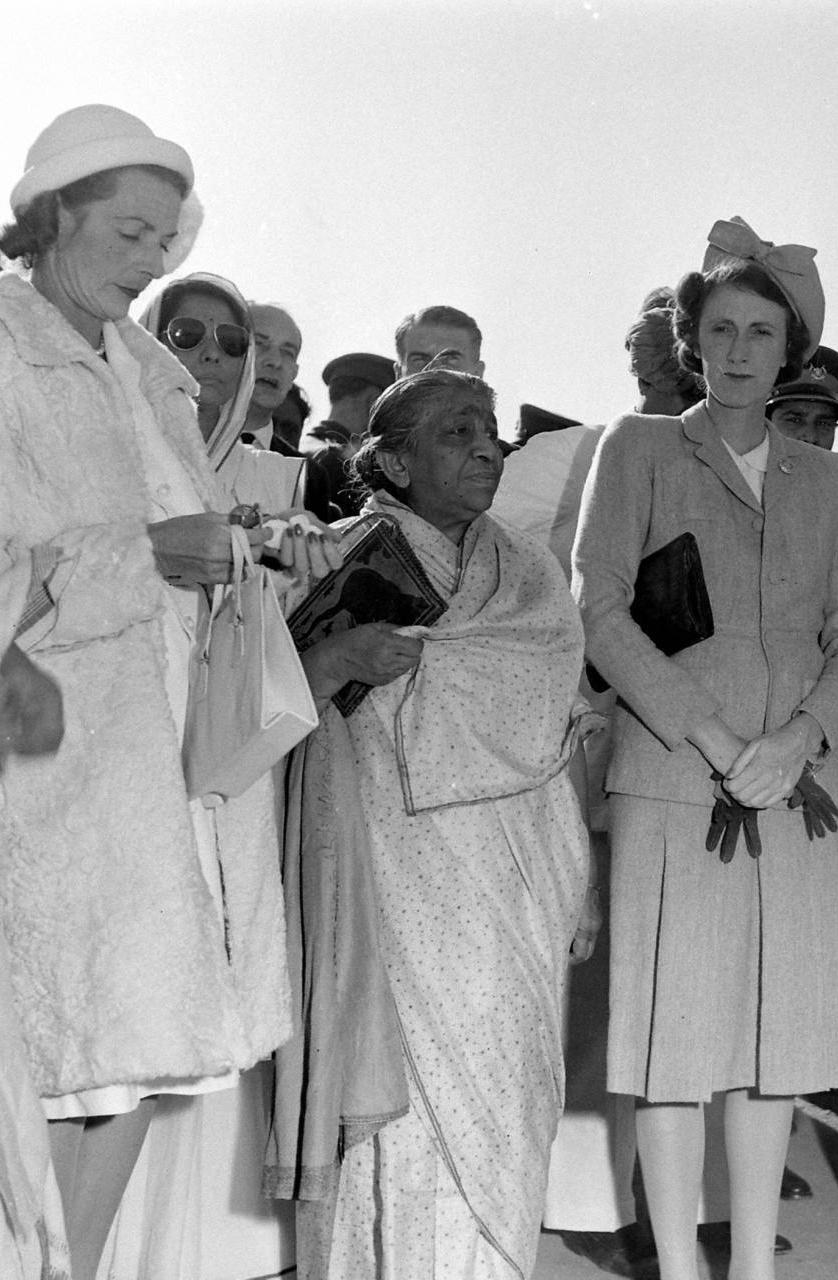
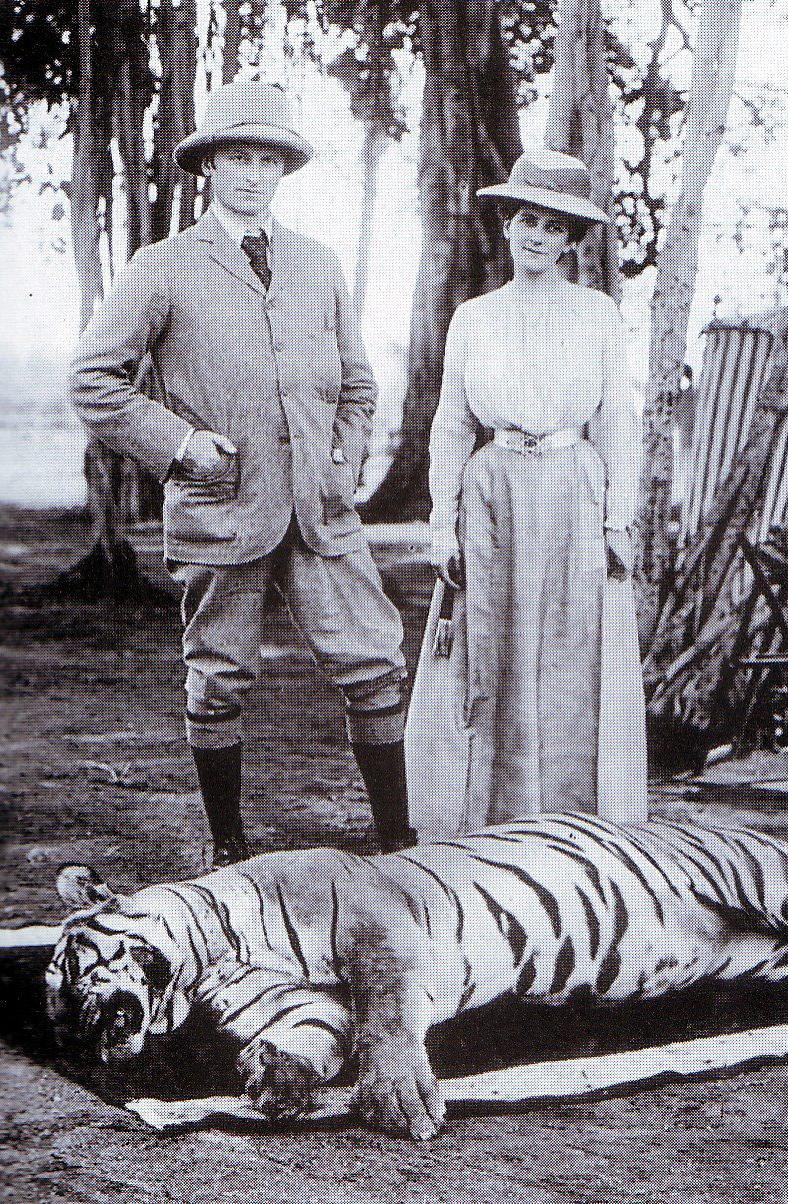

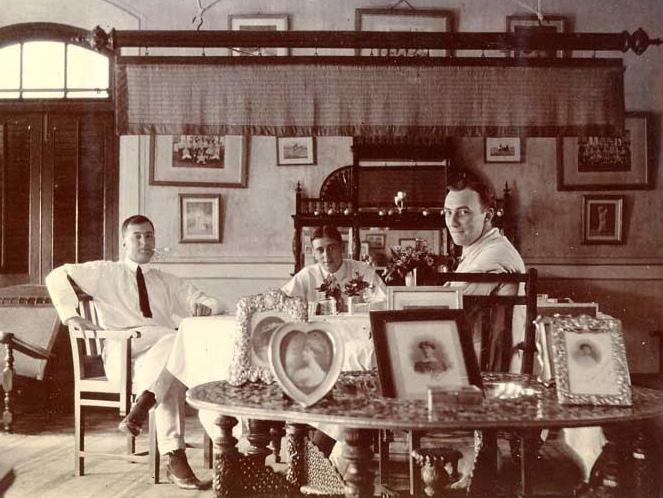

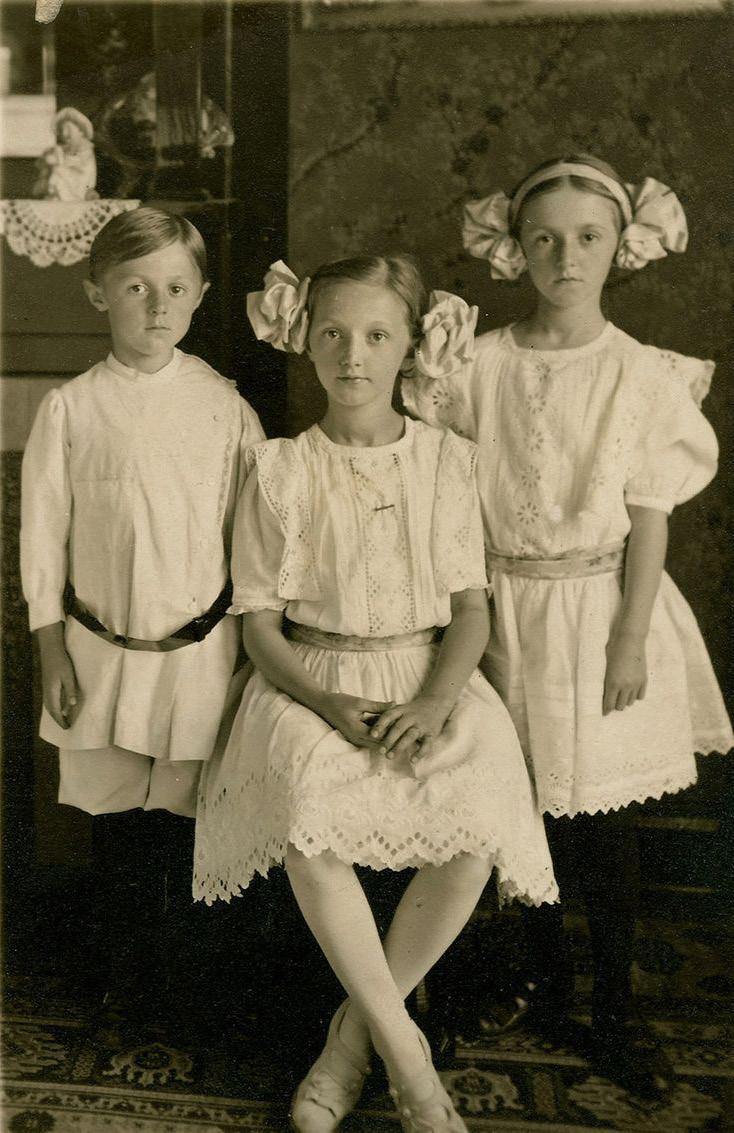



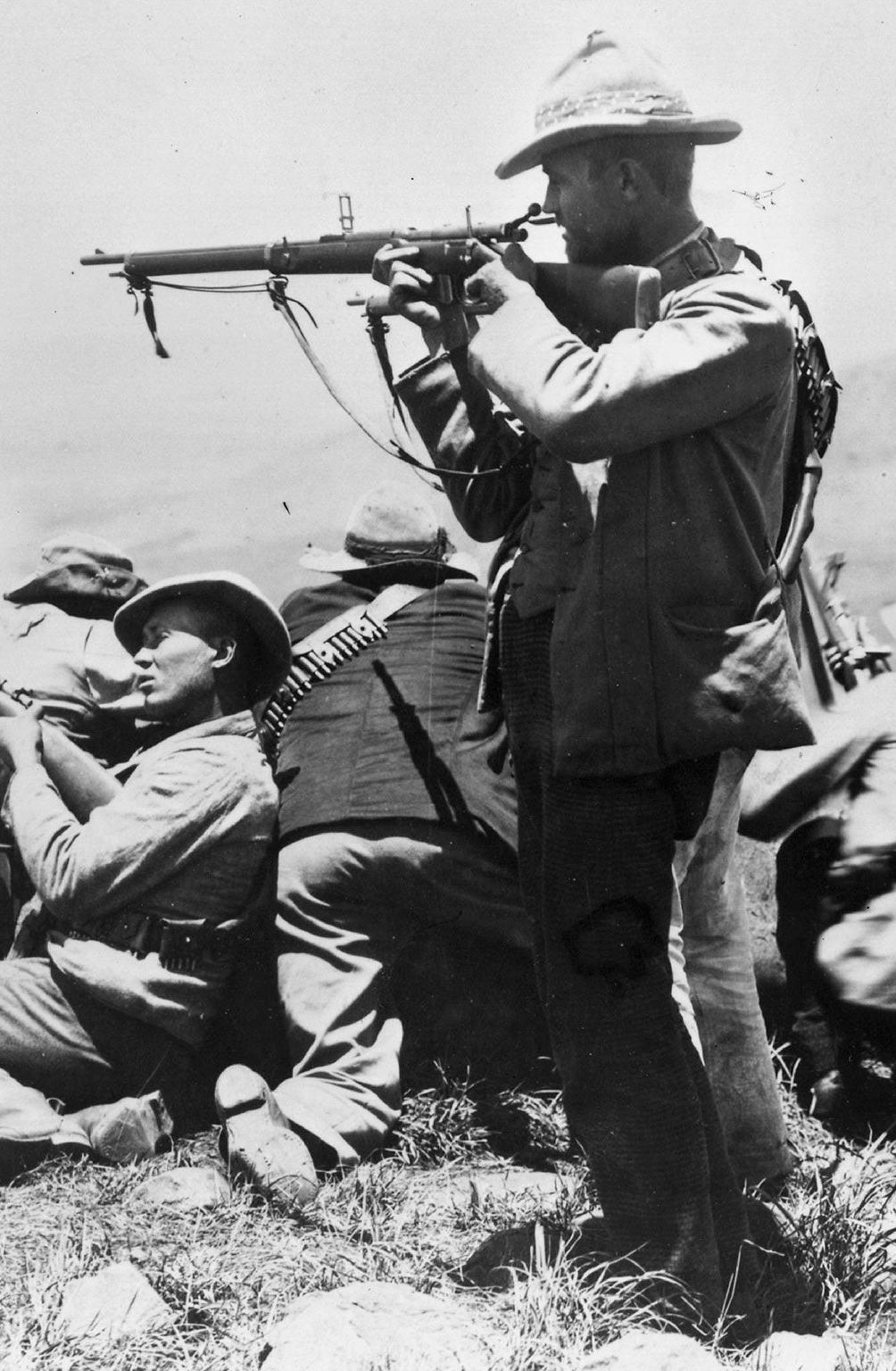
“I believe that our copying of the European dress is a sign of our degradation, humiliation and our weakness - Had it not been for a false pride and equally false notions of prestige, Englishmen here would long ago have adopted the Indian costume.”1
1 Gandhi, Mahatma. 1917. Third Class in Indian Railways.
Treason Part II
Exploring societies’ faculty to re-evaluate its precarious relationship with nature.
Introduction

Fig. 21 “Exterminate the Four Pests.”
Recess was for playing tag and killing sparrows. Ladders were fashioned to nock nests down. Gongs were beaten until the birds succumbed to sleeplessness. Part play, part patriotic necessity. The Four Evil Campaigns (see fig. 21), under Maoist China, saw the targeted extermination of four “pests” — rats, flies, mosquitoes, and, most detrimental, sparrows2. Citizens of all ages were encouraged to contribute, enticed by the promise of agricultural security. Naivety. Slaughter at a national scale culminated in devastating ecological imbalance; The recoil of which being felt through the Great Chinese Famine3. One billion sparrows and fifty five million people — dead.
Humans have long exercised dominion over nature. Prevailing anthropocentric ideology, rampant across post industrialized nations, regards nature an inalienable resource. Insatiable greed has caused great ecological detriment, culminating in the present climate catastrophe. Alas, change is a chained requisite. Cursed with conceit, as written by Claude levis Strauss in his book, The Savage Mind, “Every civilization tends to overestimate the objective orientation of its thought,”4 thus the harm instigated by society goes without self reprimand.
The facilitation of a large-scale paradigm shift with regards to the climate catastrophe is not without society’s ability to distance itself from its actions in order to more objectively analyze their outcomes. To treat familiar cultural tendencies akin to how dominant groups have gone about demonizing the actions of the “other”; with utmost scrutiny. Othering, if applied to a collective self, enables vigorous self critique, crumbling fictitious moral high grounds.
2 Steinfeld, Jemimah. 2018. “China’s Deadly Science Lesson: How an Ill-Conceived Campaign against Sparrows Contributed to One of the Worst Famines in History.” Index on Censorship 47 (3): 49–49. https://doi.org/10.1177/0306422018800259.
3 The Great Chinese Famine began in 1959 and ended in 1961.
4 Lévi-Strauss, Claude. 1966. The Savage Mind. Chicago: The University Of Chicago Press.
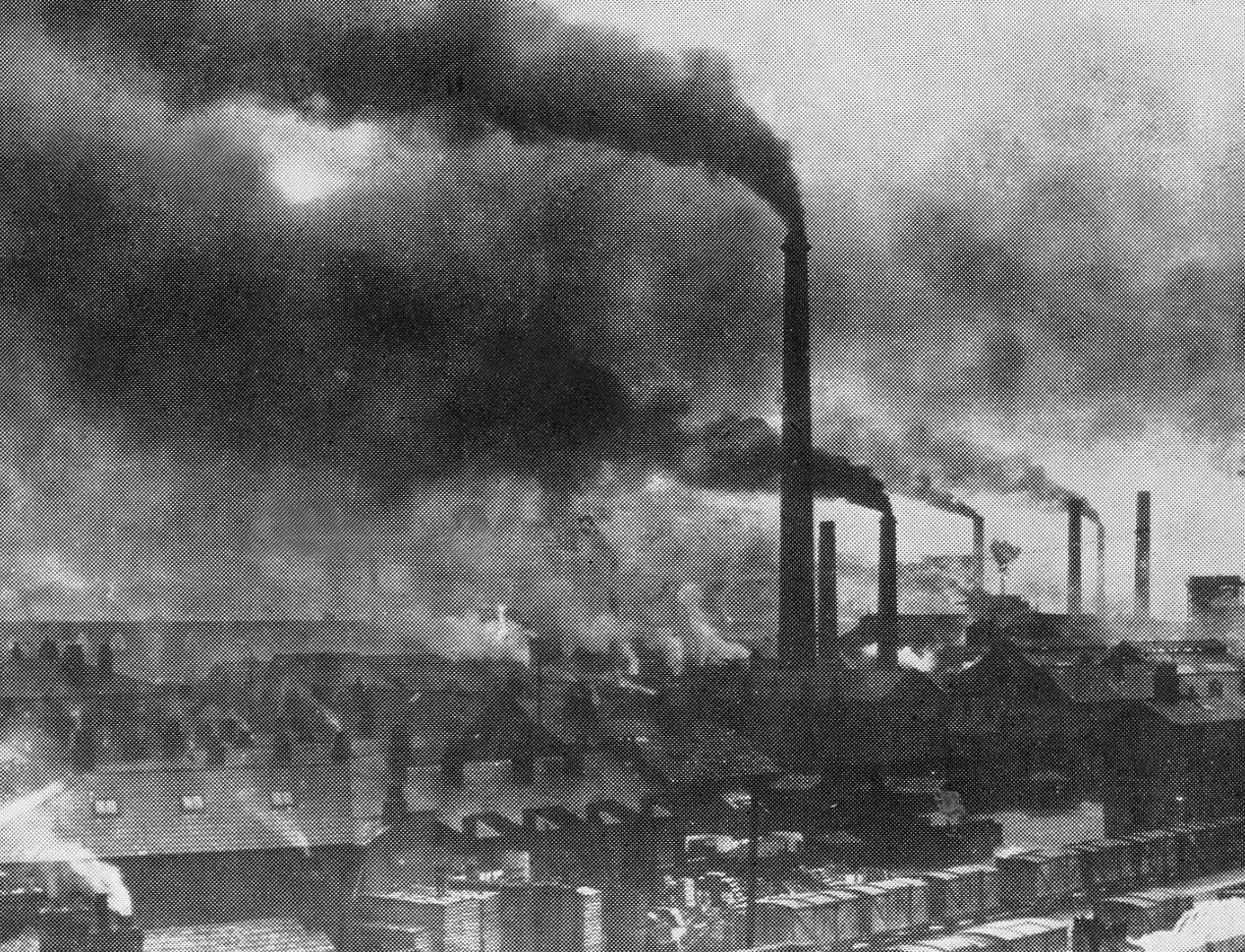
Anthropocentrism, the ethical belief that humans alone possess intrinsic value, and other living beings or systems exist merely as means to human ends5, has long stained humanity. The thinking, present since antiquity, manifested alarmingly in the present epoch — the anthropocene. Ushered by the onset of industrialization, a central feature of which being an immense reliance on fossil fuels (see fig. 22), the anthropocene sees human intervention leave tangible geological trace. An alarming manifestation of such is atmospheric carbon dioxide concentrations, dramatically rising from a preindustrial value of 270 ppm to 427 ppm today6. “Human activities have become so pervasive and profound that they rival the great forces of Nature and are pushing the Earth into planetary terra incognita.”7
5 Goralnik, L, and M.P Nelson. 2012. “Anthropocentrism - an Overview | ScienceDirect Topics.” Www.sciencedirect.com. 2012. https://www.sciencedirect. com/topics/social-sciences/anthropocentrism.
6 Steffen, Will, Paul J. Crutzen, and John R. McNeill. 2007. “The Anthropocene: Are Humans Now Overwhelming the Great Forces of Nature?” Ambio 36 (8): 614–21. https://doi.org/10.2307/25547826.
7 Steffen, Will, Paul J. Crutzen, and John R. McNeill. 2007. “The Anthropocene: Are Humans Now Overwhelming the Great Forces of Nature?” Ambio 36
Deriving from Greek “anthropo” and “cene” (human and new), “Anthropocene”8 is a much contested term. Critics suggest “anthropocene” homogenizes humanity through blanketing blame. Disparity in responsibility and impact, such as through colonialism, capitalism, and industrialization, are disregarded. The term also obscures the role of specific systems in environmental degradation, such as heightened fossil fuel usage, instead attributing blame to humanity as a whole. Proponents of the term, in response, argue its effectiveness in raising awareness and mobilizing action. Though important, it is paramount that discourse not detract from the unified ambition; pragmatically addressing the climate catastrophe.
Eerie of the anthropocene is its self referential temporality — its end coincides with that of humans. To imagine what lies beyond the anthropocene is to imagine humanities extinction. Thus, what is required is not a departure from the Anthropocene, but rather, Anthropocentrism. To harvest a symbiotic relationship with that which is natural. A romanticized embrace of nature is not, however, the remedy. Often, nature is disingenuously presented as a pristine realm distinct from humanity; A cultural construct perpetuated predominately by western ideologies. This idealization, however, alienates humans from their environment, undermining the interdependence of natural and human systems. Environmental historian William Cronon, in his essay titled The Trouble with Wilderness; or, Getting Back to the Wrong Nature, states that nature “far from being the one place on earth that stands apart from humanity, is quite profoundly a human creation — indeed, the creation of very particular human cultures at very particular moments in human history.”9 Through maintaining high regards to selective nature, we undermine our collective ecological responsibility by privileging certain landscapes over another. Cronon expands his argument, writing that “by teaching us to fetishize sublime places and wide open country, these peculiarly American ways of thinking about wilderness encourage us to adopt too high a standard for what counts as natural.”10 Conscious of the aforementioned, humanity is to symbiotically exist, not conflict, nor idolize, that which is “natural”.
8 Proposed alternatives to the term “Anthropocene” include, but are not limited to, “Plantationocene”, “Capitalocene”, “Misanthropocene”, and “Technocene”.
9 Cronon, William. 1995. “The Trouble with Wilderness; Or, Getting back to the Wrong Nature.” Williamcronon.net. 1995. https://www.williamcronon. net/writing/Trouble_with_Wilderness_Main.html.
10 Cronon, William. 1995. “The Trouble with Wilderness; Or, Getting back to the Wrong Nature.” Williamcronon.net. 1995. https://www.williamcronon. net/writing/Trouble_with_Wilderness_Main.html.
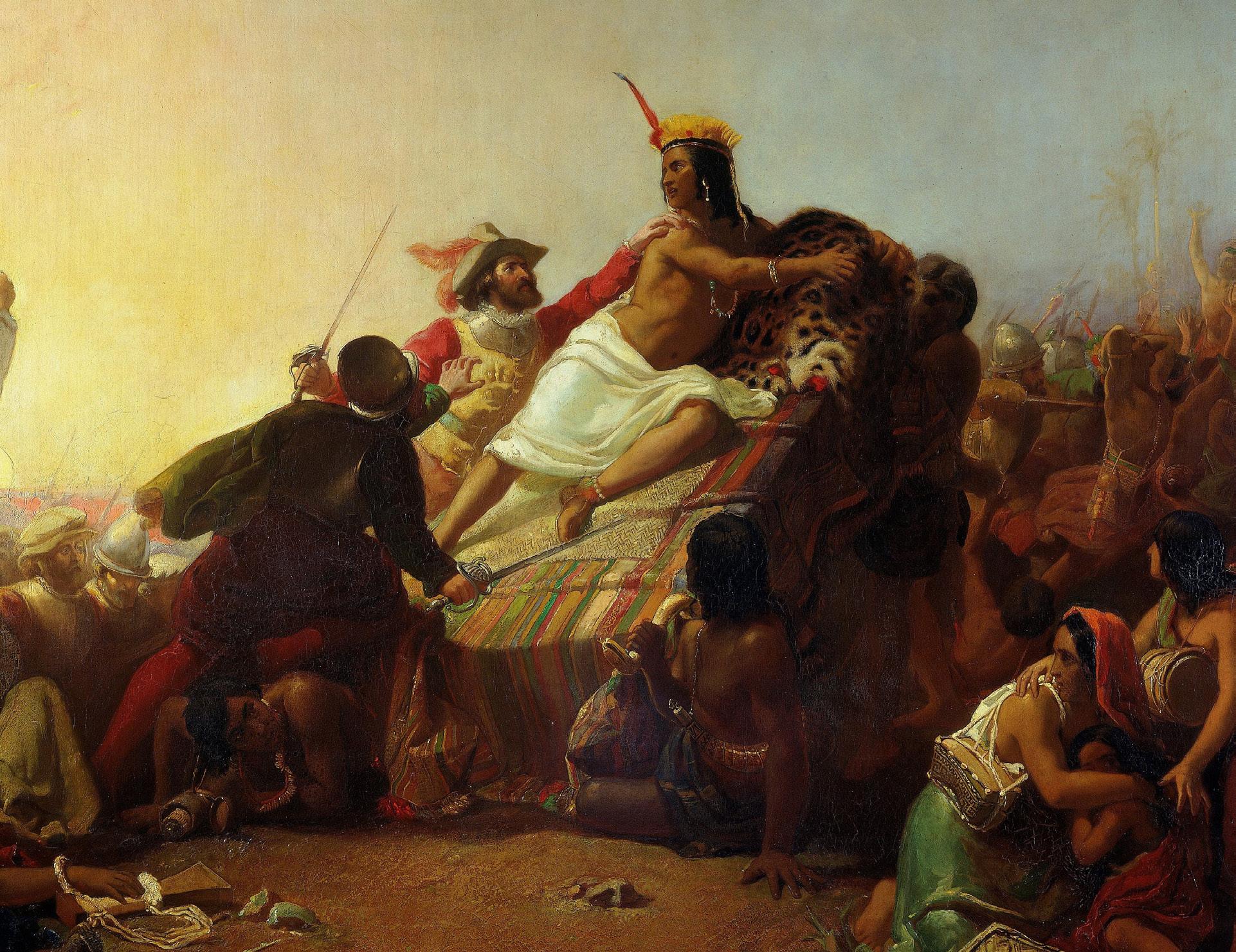
The Nacirema, a North American tribe, were cursed with vanity. Horace Miner, in his paper titled Body Rituals Among the Nacirema, sought to detail their elusive ritual practices. Frequently, the people would interact with household shrines for ritual activity. “The focal point of the shrine is a box or chest which is built into the wall. In this chest are kept the many charms and magical potions without which no native believes he could live. These preparations are secured from a variety of specialized practitioners. The most powerful of these are the medicine men, whose assistance must be rewarded with substantial gifts.”11 Such esteem is placed on the shrines that their quantity and quality denote the opulence of a residence. An innate fixation with mouths was also observed, with the tribe’s people seeking out a “holy mouth man once or twice a year. These practitioners (had) an impressive set of paraphernalia, consisting of a variety of augers, awls, probes, and prods. The use of these objects in the exorcism of the evils of the mouth involves almost unbelievable ritual torture of the client.”12 Their perilous pursuit, prompted by an entrenched belief that the human body is flawed and to be fixed, knew no bounds. A troubled tribe.
Nacerima is American spelled backwards.
11 Miner, Horace. 1956. “Body Ritual among the Nacirema.” American Anthropologist 58 (3): 503–7. https://doi.org/10.1525/aa.1956.58.3.02a00080.
12 Miner, Horace. 1956. “Body Ritual among the Nacirema.” American Anthropologist 58 (3): 503–7. https://doi.org/10.1525/aa.1956.58.3.02a00080.
Prevailing societies are blind to their misdeeds, but lucid to that of others. Confronting what may be an innate feature of human nature, Miners essay crafts a deliberate sense of self distancing, in the hopes American anthropologists re-evaluate their own cultures as though foreign. The essay presents a perversion of American culture as though “primitive” because, to western societies, that provokes scrutiny. Put simply, Miner’s work “others” Americans to themselves. Conventionally, “othering” is when a dominant in-group constructs one or many dominated out-groups13. The act is inherently dichotomic — us vs them. Dominated out-groups, unsuccessful in prescribing their own norms, succumb to those of dominating in-groups. What ensues on a geographical scale are borders; the distinct separation of land. Reinforced perpetually, the ingroup assumes all their actions are normal and correct; the climate testifies otherwise.
Papuans were othered. New Guinea, administered by Australia as a mandate of the United Nations, saw colonists treat its natives as “primitive”. Papuans were confused. “Why is it that you white people developed so much cargo and brought it to New Guinea, but we black people had little cargo of our own?”14 A curiosity that had clawed their hearts and minds since their first colonist encounters. Ecologist Jared Diamond, in response, authored Guns, Germs and Steel. Prevailing rhetoric surrounding colonization roots in prejudice and falsely perceived superiority. Diamond, however, argues that “history followed different courses for different peoples because of differences among peoples’ environments, not because of biological differences among peoples themselves.”15 Eurasia, which Diamond urges readers to consider as one solid landmass, rather than two distinct continents, provided favorable conditions to its inhabitants. Unlike other landmasses, Eurasia’s geography capacitated heightened trade; that of ideas and germs. Its orientation, east to west, and the absence of a bottleneck such as that which connects North and South America, homogenized climate throughout, enabling the freedom to roam. The subsequent intermixing of people mutually strengthened immune systems through bacterial exchange. Thus, favorable geography, not intellectual prowess, crowned the in-group its assertive dominance. Popular sentiment see’s otherwise. Often, “othered” societal practices are detested and dismissed as elementary, though “the difference lies not in the quality of intellectual activity, but in the nature of the things to which it is applied.”16 The legacy of such prevails, continuing to “influence the present-day distribution of power around the world,”17 hazing necessary ecological reform.
Conclusion
Normality does not correlate to correctness; The climate catastrophe offers its deposition. A productive path for progress may be to “other” humanity from itself. For the dominant in-group to commit a treason of sorts and view itself as though a dominated out-group. Exemplified through Diamond’s book, prevailing society is such not due to intellectual prowess, but geographical favoritism amongst other factors. Miner’s Nacirema essay reaffirms this, illustrating how even American society, if presented a certain way, appears “primitive.” As the climate catastrophe progressively worsens, no longer can humanity afford to suppress its contriteness.
13 Staszak, Jean-François. 2020. “Other/Otherness.” International Encyclopedia of Human Geography 10: 25–31. https://doi.org/10.1016/b978-0-08102295-5.10204-5.
14 Diamond, Jared. 1997. Guns, Germs, and Steel: The Fates of Human Societies. New York: Norton.
15 Diamond, Jared. 1997. Guns, Germs, and Steel: The Fates of Human Societies. New York: Norton.
16 Diamond, Jared. 1997. Guns, Germs, and Steel: The Fates of Human Societies. New York: Norton.
17 Diamond, Jared. 1997. Guns, Germs, and Steel: The Fates of Human Societies. New York: Norton.
Bibliography
Cronon, William. 1995. “The Trouble with Wilderness; Or, Getting back to the Wrong Nature.” Williamcronon.net. 1995. https://www.williamcronon.net/writing/Trouble_with_Wilderness_Main.html.
Diamond, Jared. 1997. Guns, Germs, and Steel: The Fates of Human Societies. New York: Norton.
Gandhi, Mahatma. 1917. Third Class in Indian Railways.
Goralnik, L, and M.P Nelson. 2012. “Anthropocentrism - an Overview | ScienceDirect Topics.” Www.sciencedirect. com. 2012. https://www.sciencedirect.com/topics/social-sciences/anthropocentrism.
Lévi-Strauss, Claude. 1966. The Savage Mind. Chicago: The University Of Chicago Press.
Miner, Horace. 1956. “Body Ritual among the Nacirema.” American Anthropologist 58 (3): 503–7. https://doi. org/10.1525/aa.1956.58.3.02a00080.
Staszak, Jean-François. 2020. “Other/Otherness.” International Encyclopedia of Human Geography 10: 25–31. https://doi.org/10.1016/b978-0-08-102295-5.10204-5.
Steffen, Will, Paul J. Crutzen, and John R. McNeill. 2007. “The Anthropocene: Are Humans Now Overwhelming the Great Forces of Nature?” Ambio 36 (8): 614–21. https://doi.org/10.2307/25547826.
Steinfeld, Jemimah. 2018. “China’s Deadly Science Lesson: How an Ill-Conceived Campaign against Sparrows Contributed to One of the Worst Famines in History.” Index on Censorship 47 (3): 49–49. https://doi. org/10.1177/0306422018800259.
Thompson, Neil. 1998. “The Mysterious Fall of the Nacirema This Vigorous Culture’s Obsession with Altering Its Landscapes and Waterways May Have Caused Its Own Death.” https://people.uncw.edu/robertsonj/ SEC210/TheMysteriousFalloftheNacirema.pdf?ref=eleanorkonik.com.
Citation List
Fig 1: Anon. 1860a. Kitmutgar or Male Waiter. Photograph. Old Indian Photos. https://www.oldindianphotos. in/2021/08/kitmutgar-or-male-waiter-circa-1860s.html.
Fig 2: Anon. 1860b. Studio Portrait of Two Men with Cooking Utensils and Ingredients. Photograph. Old Indian Photos. https://www.oldindianphotos.in/2021/08/studio-portrait-of-two-men-with-cooking.html.
Fig 3: Anon. 1860c. Nautch Dancers in India. Photograph. Get Archive. https://itoldya420.getarchive.net/amp/ media/nautch-dancers-in-india-ca-1860-1870-db647e.
Fig 4: Anon. 1971. Advertising Photographs of Air India Crews. Photography. Old Indian Photos. https://www. oldindianphotos.in/2013/09/advertising-photographs-of-air-india.html.
Fig 5: Herfort, N. 1945. Indian People Waiting on a Railway Station Platform. Photograph. Old Indian Photos. https://www.oldindianphotos.in/2021/08/indian-people-waiting-on-railway.html.
Fig 6: Anon. 1910. Riding Indian Elephant. Photograph. Old Indian Photos. https://oldindianphotos.in.
Fig 7: Anon. 1940b. Indian Troops in London. Photograph. Old Indian Photos. https://www.oldindianphotos. in/2014/02/indian-troops-in-london-january-25-1940.html.
Fig 8: Anon. 1903. Hunting Party in Kashmir. Photograph. Old Indian Photos. https://oldindianphotos.in.
Fig 9: Anon. 1919. Maharaja Sayajirao Gaekwad III of Baroda. Photograph. Old Indian Photos. https://www.oldindianphotos.in/2010/07/maharaja-sayajirao-gaekwad-iii-of.html.
Fig 10: Anon. 1945. Muhammad Ali Jinnah. Photograph. Wikimedia. https://en.wikipedia.org/wiki/File:Jinnah1945c.jpg.
Fig 11: Anon. 1947a. Mass Migration during Independence. Photographs. Old Indian Photos. https://www.oldindianphotos.in/2010/02/mass-migration-during-independence-of_07.html.
Fig 12: Anon. 1905. Lord Curzon. Photograph. Old Indian Photos. https://oldindianphotos.in.
Fig 13: Mallitte, Oscar. 1877. The Planting and Manufacture of Indigo. Photograph. Old Indian Photos. https:// www.oldindianphotos.in/2014/10/planting-manufacture-of-indigo-in-india-1877-allahabad.html.
Fig 14 & 15: Anon. 1906. British Raj. Photograph. Old Indian Photos. https://oldindianphotos.in.
Fig 16: Anon. 1900b. Edwardian Children. Photograph. Fashion History Timeline. https://fashionhistory.fitnyc. edu/1900-1909/.
Image Citation List
Fig 17: Michie and Company. 1870. Portrait of a Hindu Girl from Karachi. Photograph. Wikimedia. https://en.wikipedia.org/wiki/File:Hindu_girl_karachi.jpg.
Fig 18: Anon. 1940a. An Indian Rifleman with a SMLE Mk III in the Prone Firing Position. Photograph. Wikimedia. https://en.wikipedia.org/wiki/File:Commonwealth_Forces_in_North_Africa_E53.jpg.
Fig 19: Anon. 1947b. Viceroy of India: Lord and Lady Mountbatten with Mahatma Gandhi. Photograph. Wikimedia. https://en.wikipedia.org/wiki/File:Mountbattens_with_Gandhi_(IND_5298).jpg.
Fig 20: Anon. 1900a. Armed Afrikaners on the Veldt near Ladysmith during the Second Boer War. Photograph. Hulton Archive. https://www.independent.co.uk/news/uk/home-news/worst-atrocities-british-empire-amritsar-boer-war-concentration-camp-mau-mau-a6821756.html.
Fig 21: CCP. 1958. Chinese Poster Reading “Exterminate the Four Pests.” Poster. Wikimedia. https://en.wikipedia. org/wiki/Four_Pests_campaign#/media/File:Kill_bird_and_insect.jpg.
Fig 22: Anon. n.d. Photograph of Widnes in the Late 19th Century Showing the Effects of Industrial Pollution. Photograph. Wikimedia. https://commons.wikimedia.org/w/index.php?curid=2031783.
Fig 23: Millais, John Everett. 1846. Pizarro Seizing the Inca of Peru. Oil on Canvas. Wikimedia. https://en.wikipedia. org/wiki/Pizarro_Seizing_the_Inca_of_Peru.
